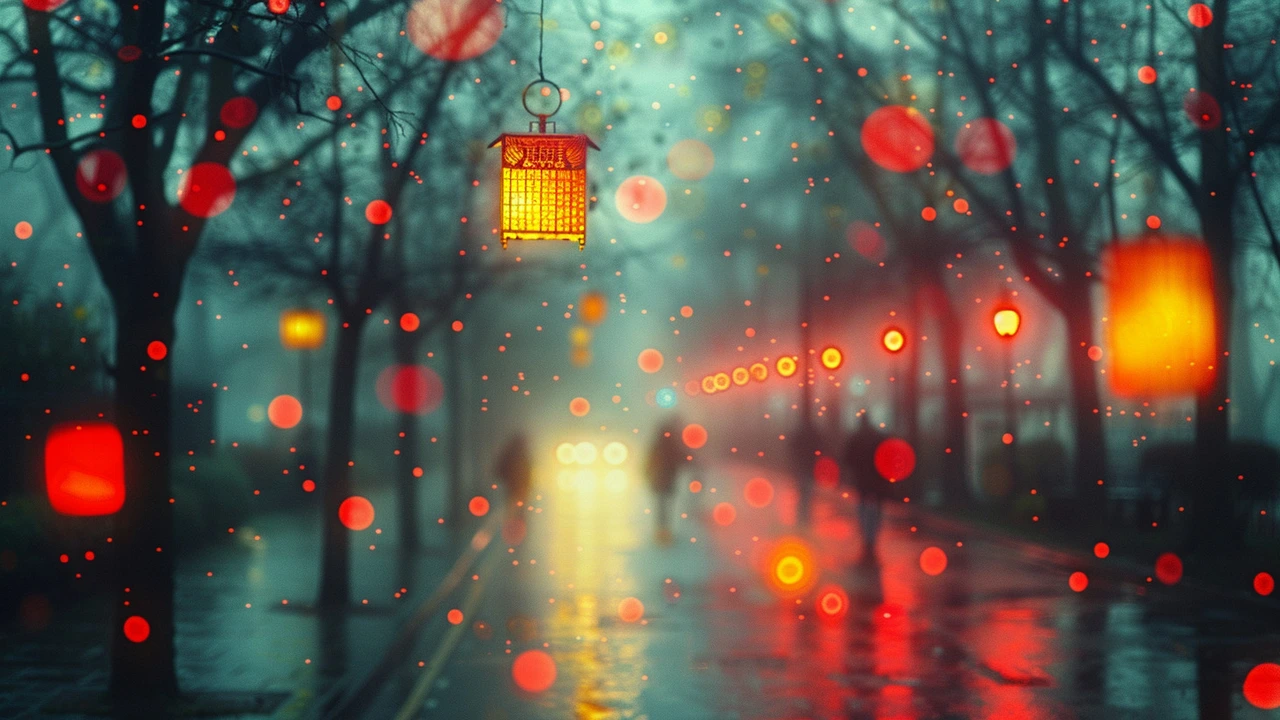Photography: See, Shoot, and Learn
Photography grabs attention because a strong photo can tell a whole story in a single frame. On this tag page you’ll find guides, art history links, and practical tips to sharpen your eye and make better pictures fast.
Start by looking like a photographer. Study light and shadow for ten minutes every day — watch how light hits faces, buildings, or leaves. Notice shapes and edges where lines meet; good composition starts with noticing, not gear. Check the photorealism posts here to see how painters treat detail and light — that can teach your eye to look for subtle highlights and textures.
Quick Shooting Tips
Use the exposure triangle: shutter speed, aperture, and ISO. Want sharp action? Raise shutter speed. Want blurred background? Open the aperture. Use ISO to balance light, not to fix a bad shot. For portraits, aim your subject’s eyes into the brightest light. For landscapes, find a foreground element to give depth.
Focus on one thing per shoot. If you try to master everything at once you’ll get overwhelmed. Pick color, or shape, or mood. Make ten photos that explore that one idea. Review them and pick what worked. Repeat faster than you think.
Edit with purpose. A few careful edits improve a photo more than heavy filters. Crop to strengthen composition, tweak exposure and contrast, and clean small distractions. If a photo looks worse on phone than on a big screen, trust the bigger view — labs and galleries show work at scale.
Practice Projects
Try a 7-day light study: take the same scene at sunrise, noon, and sunset. Compare how temperature and shadows change mood. Do a 30-minute portrait series with a single light source — it forces you to control what matters: expression and catchlight. Shoot reflections for a week; reflections train you to see layers and composition.
Learn from art, not just cameras. Photorealism and classic painting teach control of detail and storytelling. Read the photorealism guides and artist profiles here to borrow compositional tricks and ways artists direct attention. You’ll start noticing patterns that make images feel real and immediate.
You don't need expensive gear to get good shots. A simple mirrorless or a recent phone will do more than most people expect. Learn to shoot in RAW if your camera or phone supports it — it gives you more room to fix exposure and color in editing. Use a small tripod for low light and slow shutter experiments. Try prime lenses for sharpness and to force better composition. If you plan to print, calibrate your monitor and export files at the right size and color profile.
Use this tag page as a starting point. Click the photorealism guides for realism techniques, browse artist lists for names to study, and try the practical exercises above. Take photos daily, review honestly, and copy what you admire until you make your own voice. Ready to open your camera and look differently? Want feedback? Share your best five images.

